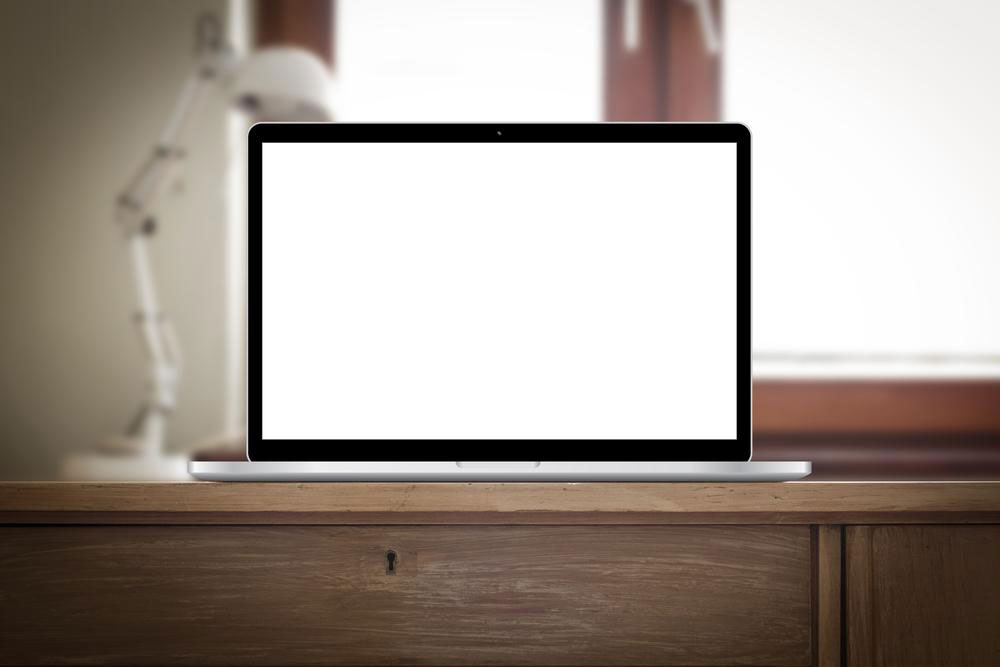Essential Tips for Choosing the Perfect Laptop for Your Needs
This detailed guide highlights essential factors to consider when buying a laptop, including size, display, keyboard comfort, processing power, and features. It helps buyers make an informed decision tailored to their specific needs, whether for work, travel, or entertainment, ensuring optimal performance and comfort. The article covers practical tips and important specifications to look for, making it a valuable resource for anyone planning to purchase a new laptop during sales or regular shopping.

Essential Tips for Choosing the Perfect Laptop for Your Needs
Are you in the market for a new laptop? With a wide array of options available today, finding the ideal device can feel both exciting and overwhelming, especially during promotional sales and limited-time deals. To ensure you make a wise investment, it’s crucial to consider several key factors that align with your specific needs and preferences. This comprehensive guide will walk you through the vital aspects to look at when selecting a laptop, helping you make an informed decision that enhances productivity and user experience.
1. Determining the Right Size and Portability
One of the first considerations when shopping for a laptop is its size and portability. If you frequently move between locations, opt for lightweight, compact models designed for easy transport. Typically, laptops with screen sizes ranging from 12.5 inches to 13.3 inches strike a balance between portability and usability, making them ideal for students, travelers, and professionals on the go. These models usually weigh between 1 to 1.5 kilograms, ensuring that carrying your device is effortless without compromising on performance. Conversely, if you mainly intend to use your laptop at a fixed workspace, larger screens with increased resolution might be preferable, offering a better viewing experience for tasks like video editing, gaming, or multimedia consumption.
2. Evaluating Display Quality and Screen Features
Display quality greatly influences your overall user experience, especially if you spend long hours working, studying, or entertaining yourself. Many modern laptops feature touchscreen capabilities, providing added convenience for navigation and interaction. However, touchscreen laptops often come with a glossy finish, which can cause glare under bright lighting conditions and lead to eye strain over prolonged use. If you prioritize comfort and reduced eye fatigue, consider laptops with matte or anti-glare screens that deliver clearer images with less reflection. Besides, resolution matters—aim for Full HD (1920x1080 pixels) or higher to ensure sharp visuals, vibrant colors, and crisp text. Additionally, some models offer high refresh rates (e.g., 120Hz or above) that provide smoother visuals, particularly beneficial for gaming or professional creative work.
3. Keyboard Comfort and Input Devices
Since typing is a primary function for many users, a comfortable and responsive keyboard is essential. Look for models with spacious keys, adequate key travel, and a comfortable layout that reduces fatigue during extended typing sessions. If you often work in dim environments or during late nights, a backlit keyboard can be a valuable feature, illuminating keys for better visibility without straining your eyes. Additionally, consider the touchpad’s responsiveness and size—an accurate and sizable touchpad can boost your productivity by allowing precise cursor control and multi-touch gestures.
4. Processor Performance and Memory Capacity
The heart of any laptop lies in its processor. For everyday tasks like browsing, email, and document editing, an Intel Core i3 or AMD Ryzen 3 may suffice. However, for multitasking, content creation, or more demanding apps, consider upgraded processors such as Intel Core i5, i7, or AMD Ryzen 5 and 7 chips. These processors offer enhanced speed and efficiency for complex workloads. Complement these with at least 8GB of RAM for smooth multitasking and quicker application response times. If you plan to run specialized software or handle large files, opting for 16GB or more of RAM may be necessary to future-proof your device and avoid performance bottlenecks.
5. Storage Options and Battery Life
Choose the right storage solution based on your needs—Solid State Drives (SSD) deliver faster boot times and data access compared to traditional Hard Disk Drives (HDD). For most users, 256GB or 512GB SSD provides ample space for applications, documents, and media files, while larger capacities (1TB or more) are suitable for extensive media libraries or professional workflows. Battery life is also a crucial factor; if you anticipate prolonged use without access to power outlets, opt for laptops with a battery life of at least 8-12 hours. This ensures uninterrupted productivity during travel, meetings, or outdoor use.
6. Additional Features to Consider
Other features that can enhance your laptop experience include quality speakers for immersive audio, multiple USB ports for connectivity, Thunderbolt or USB-C ports for fast data transfer, and high-quality webcams for video conferencing. Build quality and durability are also worth considering, especially if you'll carry your laptop frequently. Look for devices with sturdy chassis and reliable hinge designs that can withstand daily wear and tear.
Conclusion
Choosing the right laptop involves balancing several factors—size, display quality, keyboard comfort, processing power, storage, and additional features—based on your specific requirements. By carefully evaluating these aspects and considering your primary usage patterns, you can find a device that offers the best value, performance, and longevity. Keep these tips in mind during sales events to unlock the best deals on high-quality laptops tailored to your lifestyle and work needs.





